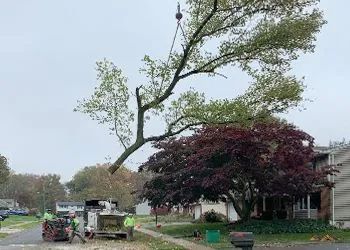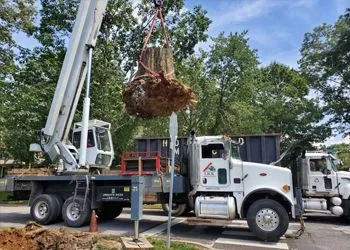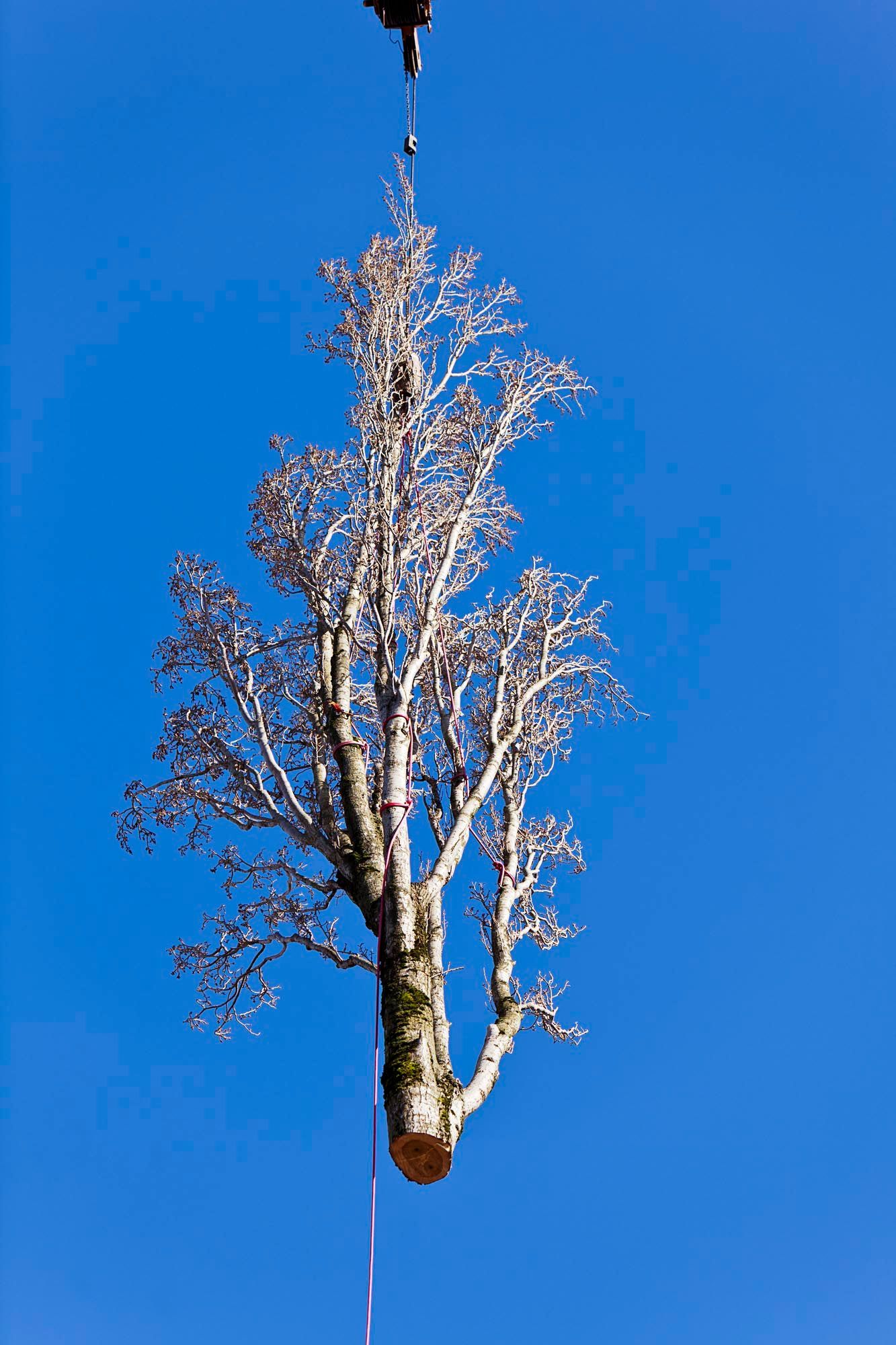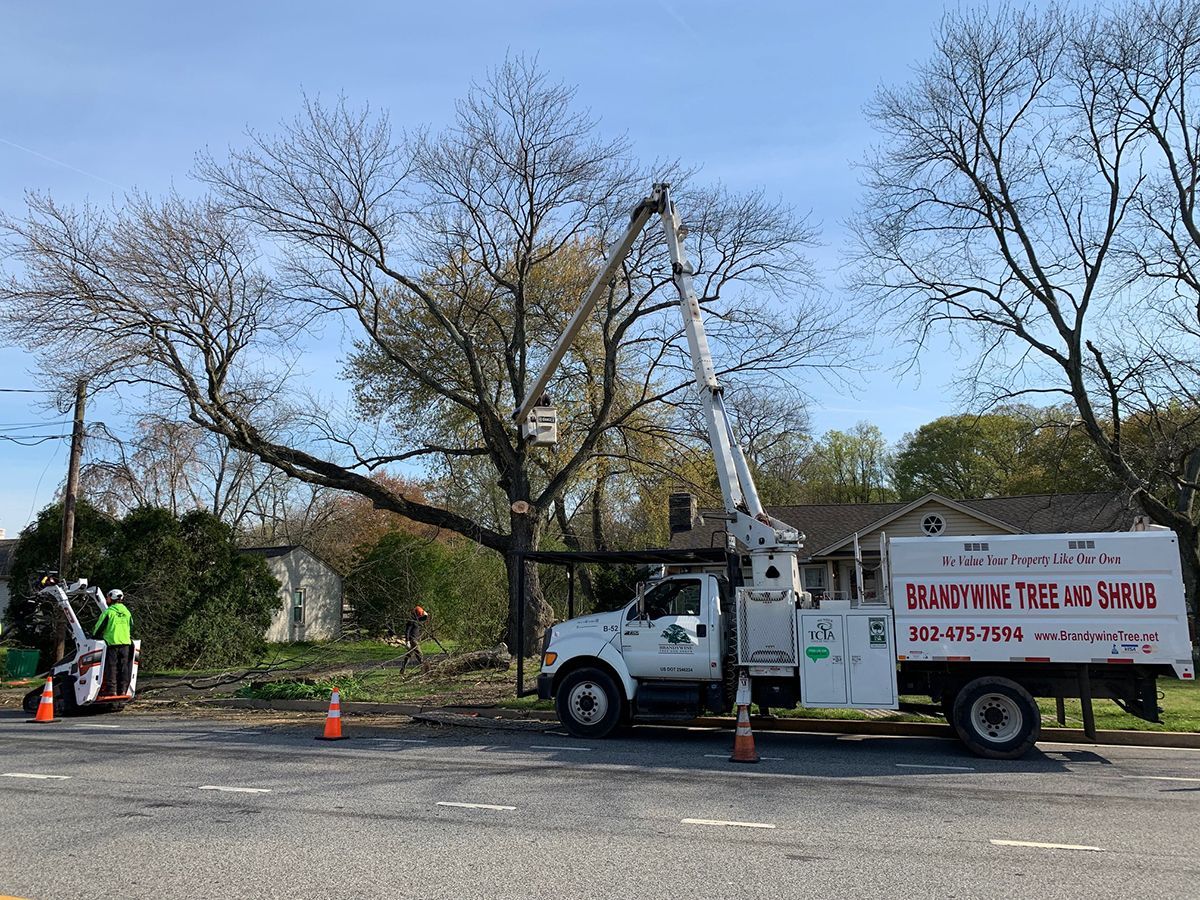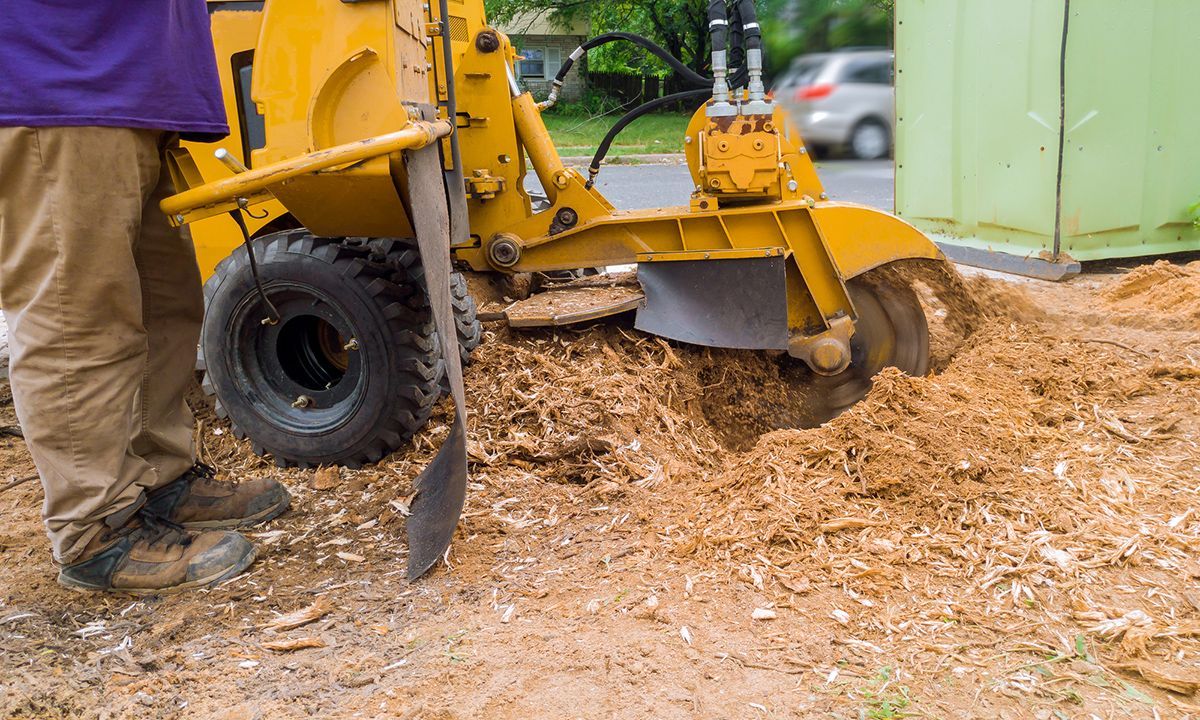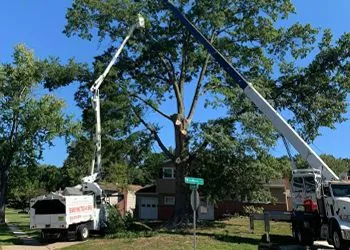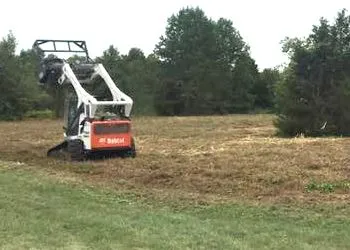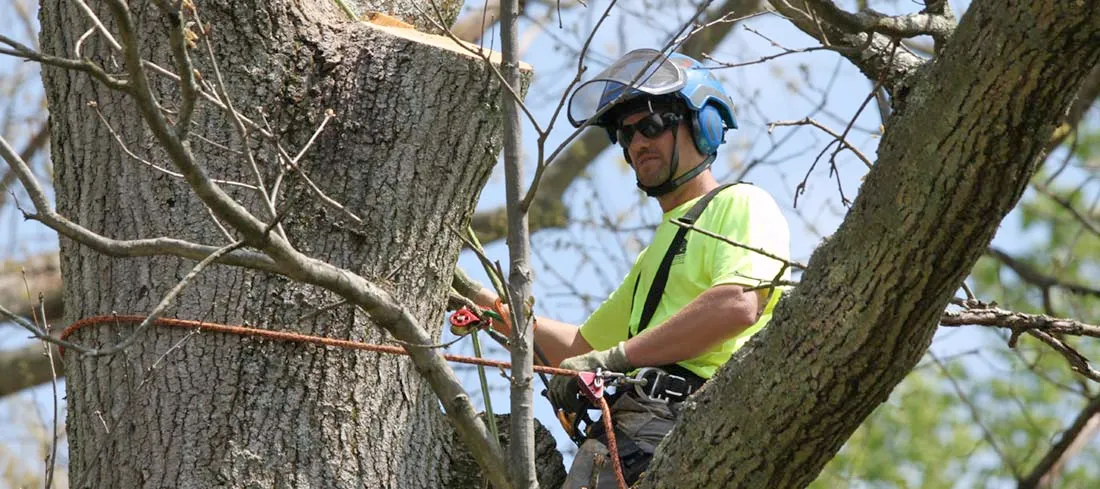Warning Signs that a Tree Is More Likely to Blow Over in Strong Winds
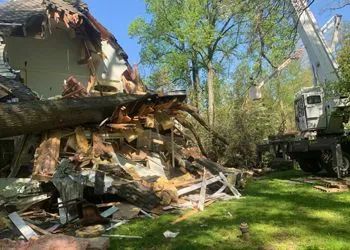
Some big trees can pose serious risks during storms—especially when high winds are involved. A tree that’s structurally weakened or diseased is far more likely to fall, potentially causing severe damage to your home, vehicles, or power lines. Spotting the warning signs early gives you the chance to take preventive action before disaster strikes. At Brandywine Tree & Shrub, our local ISA-certified arborists provide hazardous tree removal in the greater Wilmington, DE area. Here are four signs that a tree may be at increased risk of toppling in high winds.
Leaning or Shifting
A healthy tree generally grows upright, though some species naturally develop a gentle lean. However, if a tree has recently begun leaning more noticeably, or if the tilt seems to be worsening, that’s a major red flag. Sudden leaning can indicate root instability or soil displacement, especially after heavy rain or wind. Trees that have shifted in the soil may no longer be securely anchored, making them highly vulnerable when strong gusts hit.
Cracked Trunk
The trunk serves as the backbone of a tree, and any damage to it can compromise structural integrity. Deep cracks and large cavities in the trunk weaken the tree’s ability to withstand high winds. If the trunk looks unstable or hollow, it’s best to have a certified arborist assess the situation before the next storm.
Exposed or Damaged Roots
Roots are the foundation that keep a tree standing tall, and any damage to them can dramatically increase the risk of toppling. If you see roots lifting out of the ground, exposed near the surface, or showing signs of rot, the tree may no longer have the strong anchor it needs. Construction work, soil erosion, and poor drainage can all harm roots over time. Trees with compromised root systems often give way suddenly under pressure from high winds.
Fungal Growth Around the Base
Fungal growth near the tree’s base often indicates internal decay in the roots or lower trunk. While some surface fungi are generally harmless, others suggest that the wood beneath is rotting and losing strength. A tree suffering from internal decay may appear healthy at first glance but can fail unexpectedly under wind stress. If you spot fungus or soft, spongy wood near the roots, it’s important to have the tree inspected right away.
Tree Removal in Wilmington, DE
For expert tree removal in Wilmington or Milford, DE and the surrounding area, contact Brandywine Tree & Shrub at 302-278-6387. Feel free to give us a call to request an arborist estimate in Wilmington!
